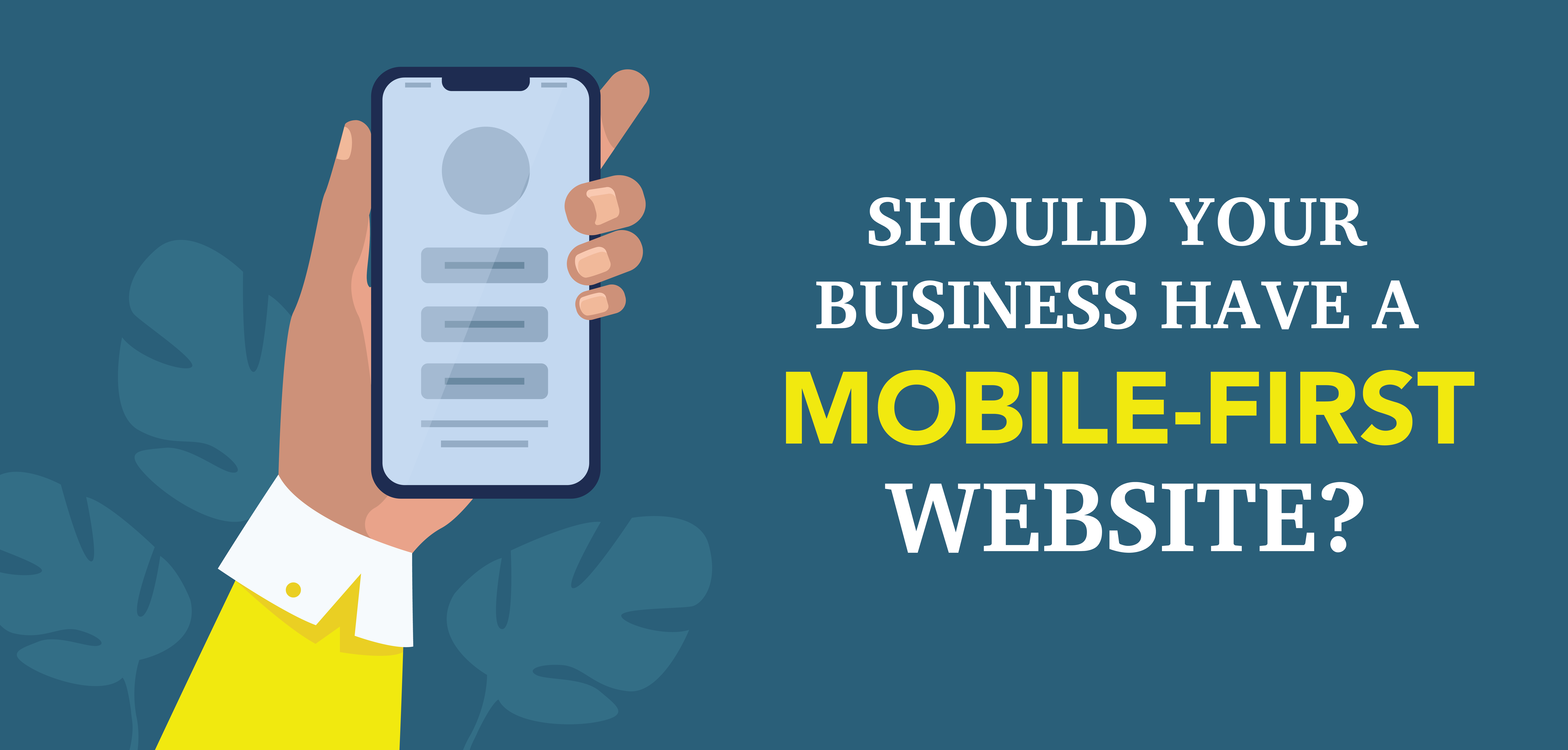
Should your business have a mobile-first website?
Posted on October 8, 2021
-
Category:
- Atlanta Web Design
Cell phones have a longer reach than laptops, desktops, or even tablets. With priorities and deadlines stacking up, it’s no surprise that mobile-first technology has become a trend.
What exactly are we talking about?
A website is mobile-first when is designed to fit a small screen and then scale up according to the size of the device used. Optimizing mobile-first technology means making the website functional and easy to navigate from a cell phone. For example, important items like Contact, Donate, or Shop buttons should be placed at the top of the page so that they won’t get lost.
Ask yourself these questions to see whether your website should become mobile-first:
- How would you describe your ideal customers or clients? Specifically, who’s in your target demographic? What are your customers’ preferences and behaviors? Where do your current and potential clients live? How often do they travel? How often do they use cell phones?
You can answer these questions by establishing a customer persona. You’re at an advantage if you already have data about your existing customers or other visitors to your site.
- Is your target audience tech-savvy? If your customers live in areas that have low bandwidth, minimize the use of videos, animation, and scrolling; these elements make websites run slower, especially on older devices. (Keeping your content short is a good idea, partly because it eliminates the need for seemingly endless scrolling.)
- Does your portal greet people or turn them away? What should be an open door to important information often slams shut on mobile devices. Many portals are difficult—if not impossible—to navigate on phones because of technology that’s decades old. That in turn restricts access to essential features like searching and viewing documents. Also, many portals displayed on phones use fonts so small that only the most dedicated visitors will stay on the site and persevere with zooming and scrolling. Just because the rest of your website works properly on a mobile device doesn’t mean your portal will necessarily do the same thing. Finally, remember to make your portal (along with the rest of your website) visually and verbally consistent with your branding requirements.
If your audience isn’t primarily mobile-first, creating a truly responsive website is one of the best things you can do for your business. A phone-friendly online presence will improve productivity, efficiency, and satisfaction for clients, customers, and employees alike.
The professionals at Badie Designs have developed many websites and understand the requirements of effective mobile-first technology. Contact us today for a consultation.
